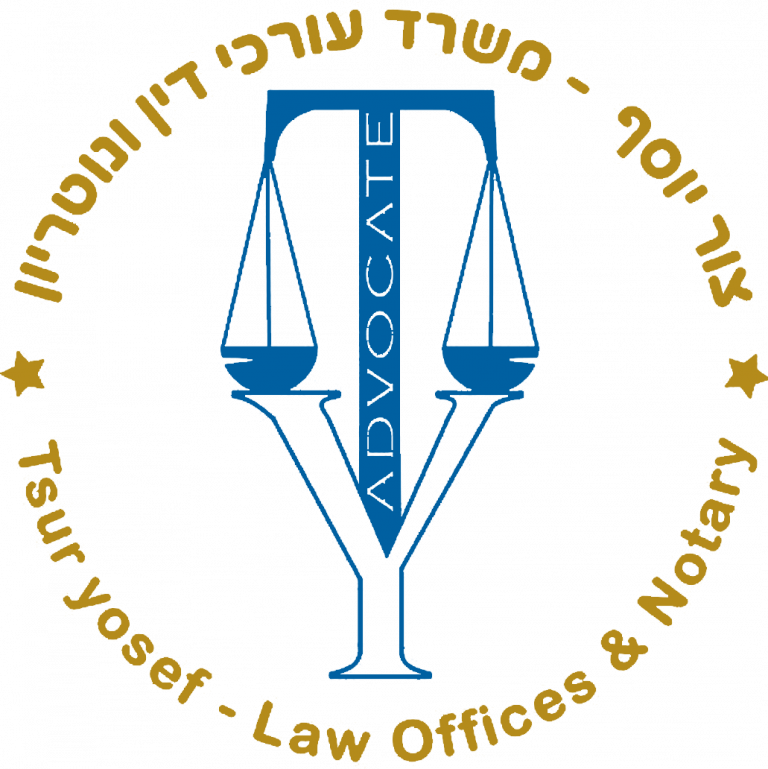What is the insolvency procedure? Bankruptcy – what is it?
On September 15, 2019, a new law came into effect that regulates the new bankruptcy procedures, which are now called insolvency and economic rehabilitation procedures.
The goals of the new law are, among other things, to place the financial rehabilitation of the debtor as a high priority, to increase the amounts of debts that creditors can receive and to shorten procedures and bureaucracy that existed to an extent that was unreasonable in the old procedures.
The law and regulations by virtue of which the bankruptcy laws in Israel derive are the Bankruptcy Ordinance [new version], 1980, and the Bankruptcy Regulations 1985, and the aforementioned amendment.
The party that coordinates the process is the official collector at the Ministry of Justice, who serves as a neutral party in charge of the debtor’s assets, and if a trustee is appointed as a debtor, then the collector serves as the supervisor of the trustee’s actions.
According to the new amendment, it is possible to open civil liability proceedings when the amount of debts is higher than NIS 166,627.31 (as of 2024), and also the proceedings are conducted in the Magistrate’s Court, as opposed to the district court where the cases were conducted before the amendment.
By the way, it should be noted that a debtor whose debt amount is less than NIS 166,627.31 (as of 2024), can start insolvency proceedings that are being carried out in execution.
Two main goals underlie the bankruptcy proceedings, one is to enable the collection of all the debtor’s property and to make an equitable distribution of these assets among his creditors, and the second, and perhaps the main one, is to allow the debtor who is unable to pay his debts to turn a new page clean of past debts.
At the beginning of September 2013, a reform was carried out by the official receiver, because the purpose of the bankruptcy laws regarding the granting of the discharge was not properly implemented in practice. Due to this reform, procedures were established for carrying out the bankruptcy procedures:
A – Timely filing of the bankruptcy process, completion of the proceedings within 4.5 years from the date of issuance of the order of consolidation.
B – In each case, a special manager will be appointed immediately upon the issuing of the summons order, who will focus on the first year and a half (from the issuance of the summons order until the hearing of the bankruptcy petition) on bringing a repayment plan for the approval of the District Simplifying House.
C – With the approval of the aforementioned repayment plan by the court and the declaration of the debtor as bankrupt, a conditional discharge will be granted to the debtor, which will become an absolute discharge at the end of the repayment plan (within an additional period of 3 years – a period that can be shortened in certain circumstances).
D – As long as it is proven that the continuation of the proceedings against the debtor will not benefit his creditors, it will be possible to immediately declare the debtor bankrupt at the time of the meeting.
the proceedings
The proceedings are opened by the filing of an application for bankruptcy both by the debtor and by one of his creditors, and it is filed due to the “act of bankruptcy” detailed in Section 5 of the Bankruptcy Ordinance (such as smuggling assets, fleeing the country, etc. – we will expand on this definition later) committed on by the debtor.
The bankruptcy application involves the payment of a financial deposit, which can now also be paid by credit card, and the submission of a copy of the application together with receipt of payment to the official receiver of the relevant district.
After examining the application and completing the documents, the collector formulates his opinion.
assembly order
If, after reviewing the bankruptcy petition and the receiver’s response, the district court decides to issue a collection order for the debtor’s assets, then all the debtor’s assets are transferred to the supervision of the official receiver, until it is decided whether the applicant will be declared bankrupt / reach a debt settlement with his creditors.
From the moment the collection order is issued, it is not possible to claim any type and/or amount of debt from the debtor by the creditors, and it is not possible to open other legal proceedings, including the court proceedings, except with the approval of the court. Likewise, the creditors cannot collect their debt independently.


